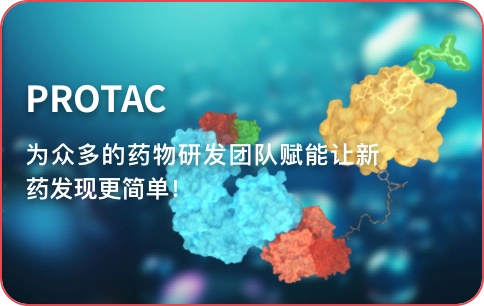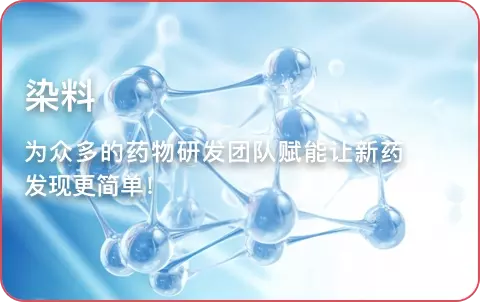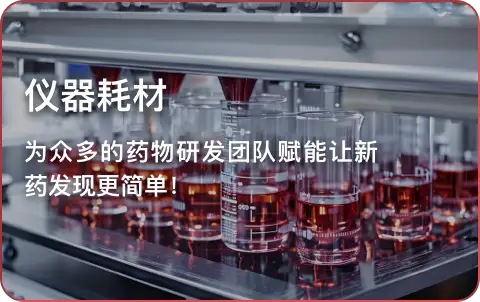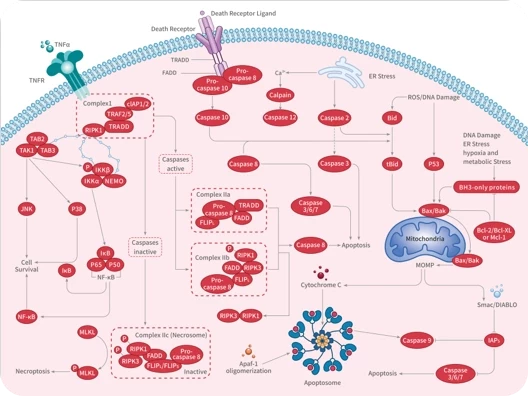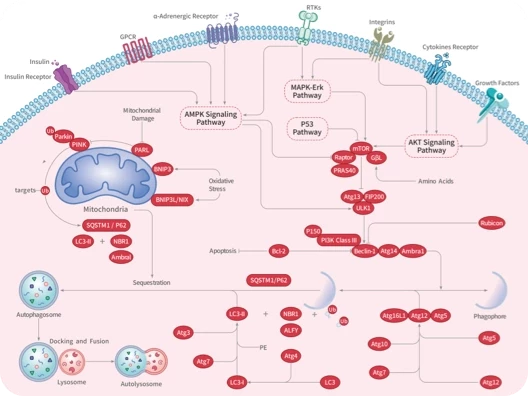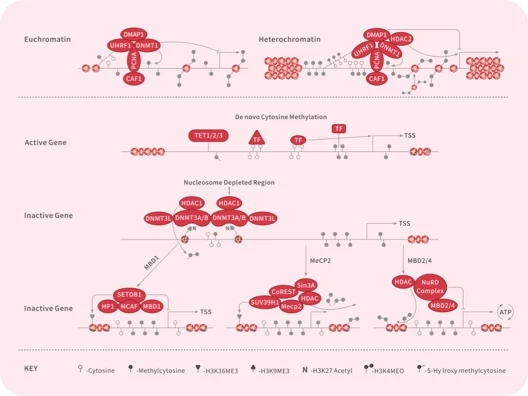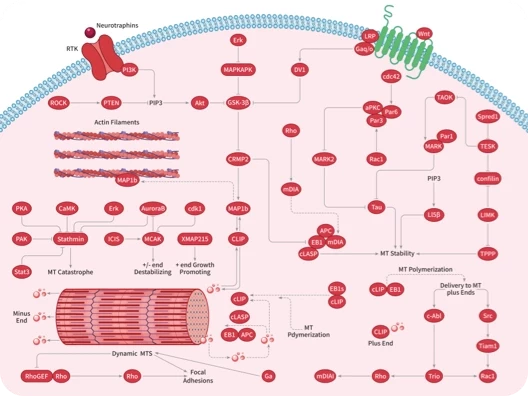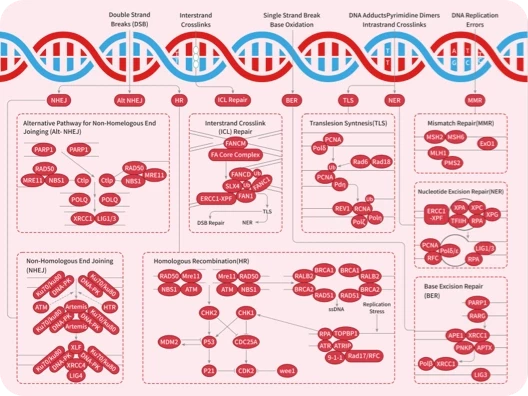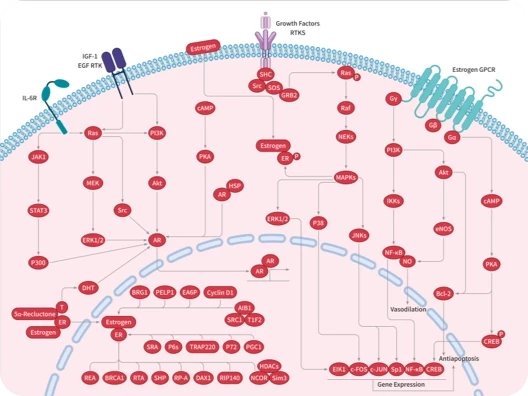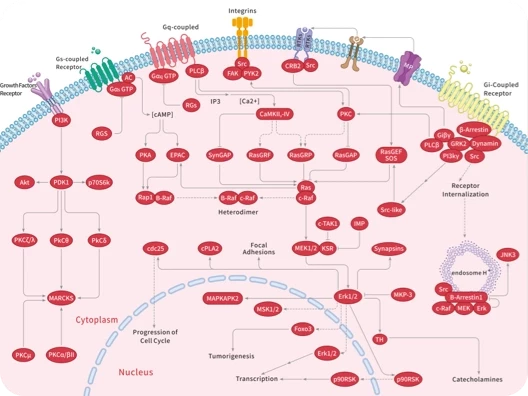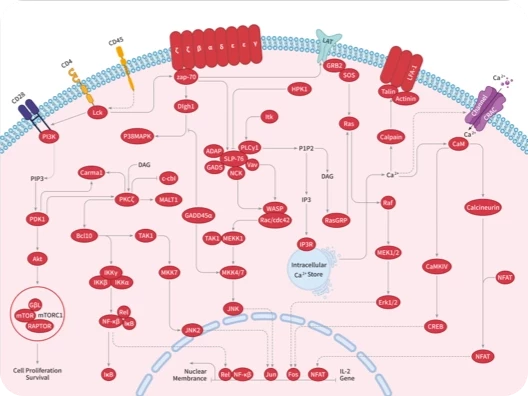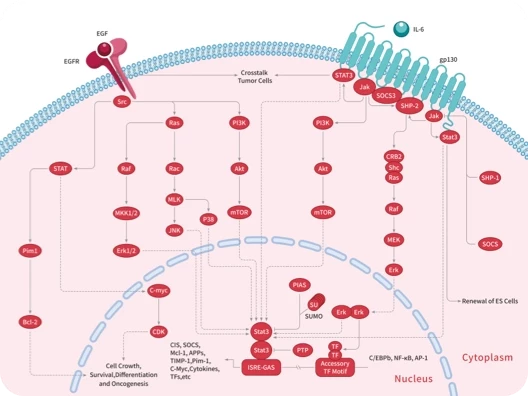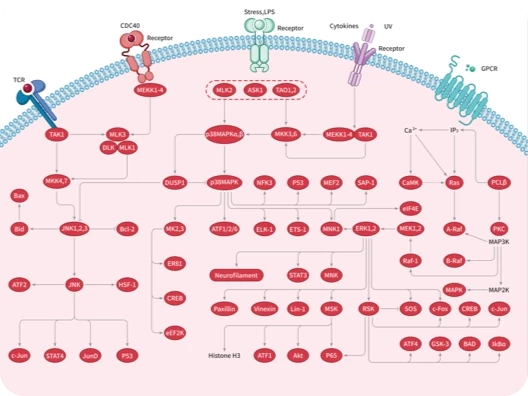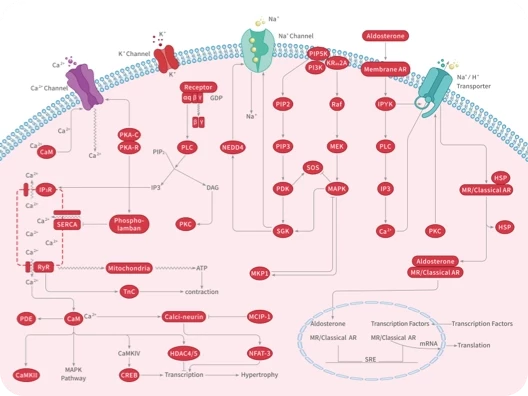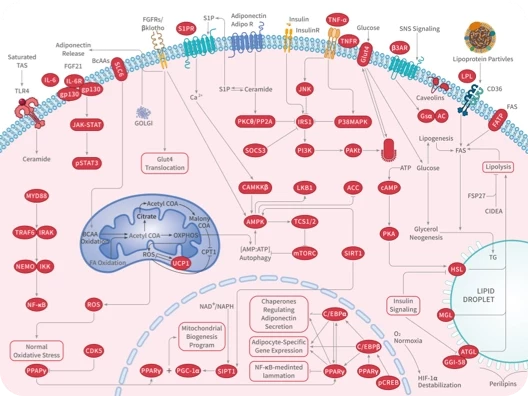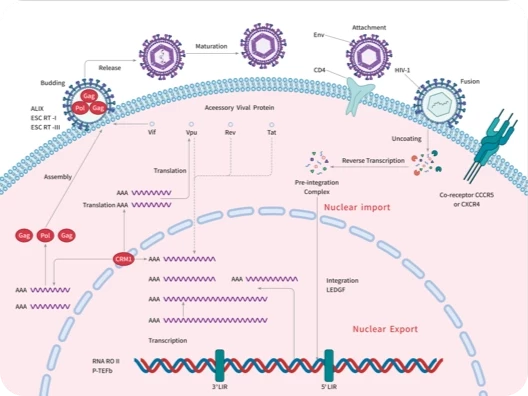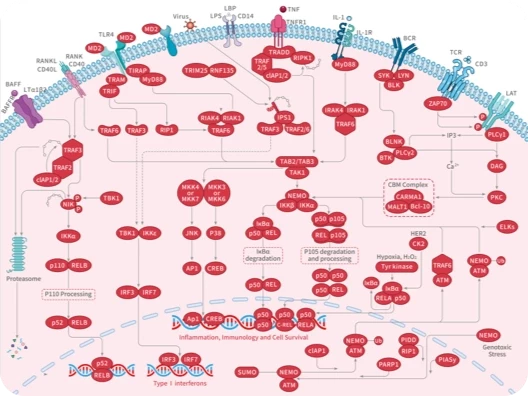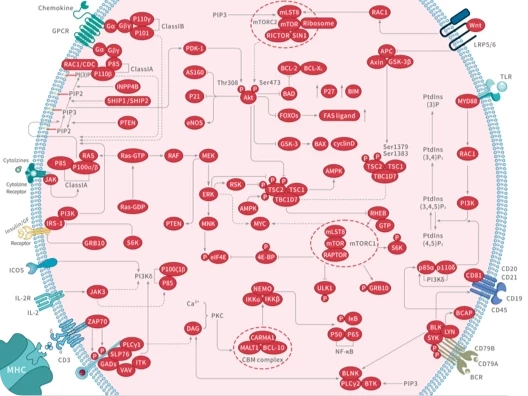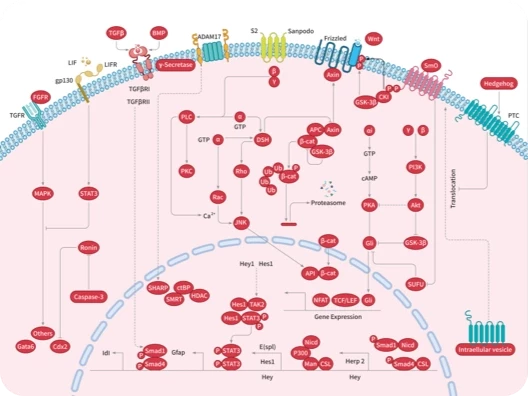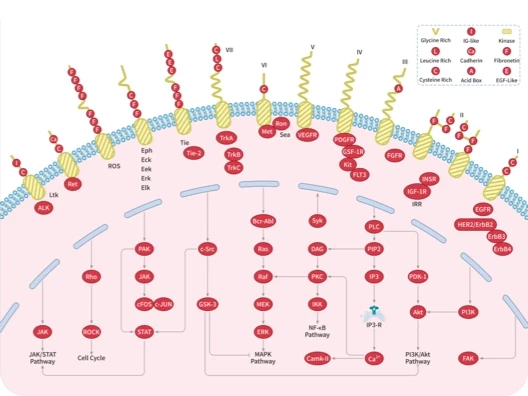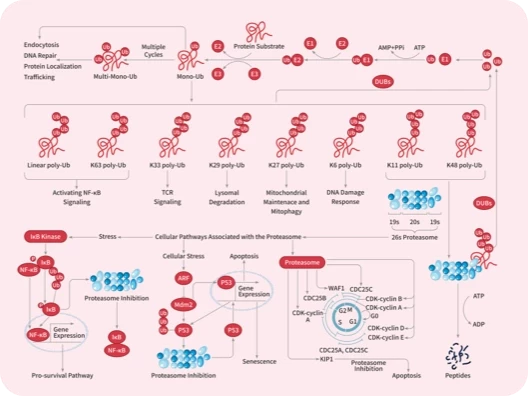- 全部删除
 您的购物车当前为空
您的购物车当前为空
购物车
Sts1 Protein, Human, Recombinant (His)
产品编号 TMPY-03440
Sts1 Protein, Human, Recombinant (His) is expressed in E. coli with His tag. The predicted molecular weight is 31.88 kDa and the accession number is Q8TF42.
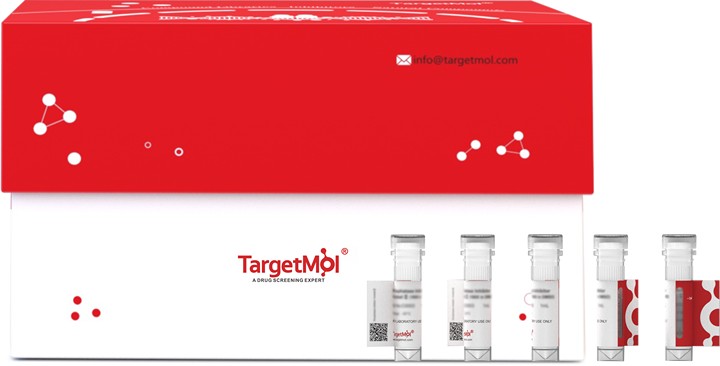
Sts1 Protein, Human, Recombinant (His)
产品编号 TMPY-03440
Sts1 Protein, Human, Recombinant (His) is expressed in E. coli with His tag. The predicted molecular weight is 31.88 kDa and the accession number is Q8TF42.
| 规格 | 价格 | 库存 | 数量 |
|---|---|---|---|
| 100 μg | ¥ 4,460 | 5日内发货 |
大包装 & 定制
加入购物车
TargetMol 的所有产品仅用作科学研究或药证申报,不能被用于人体,我们不向个人提供产品和服务。请您遵守承诺用途,不得违反法律法规规定用于任何其他用途。
资源下载
产品信息
| 生物活性 | Activity testing is not tested. It is theoretically active, but we cannot guarantee it. |
| 产品描述 | Sts1 Protein, Human, Recombinant (His) is expressed in E. coli with His tag. The predicted molecular weight is 31.88 kDa and the accession number is Q8TF42. |
| 种属 | Human |
| 表达系统 | E. coli |
| 标签 | N-His |
| 蛋白编号 | Q8TF42 |
| 别名 | ubiquitin associated and SH3 domain containing B,TULA-2,TULA2,STS-1,STS1,p70 |
| 蛋白构建 | Gly380-Glu649 |
| 蛋白纯度 | > 95% as determined by Tris-Bis PAGE; > 95% as determined by HPLC |
| 分子量 | 31.88 kDa (Predicted and reducing conditions) |
| 内毒素 | Less than 1EU per μg by the LAL method. |
| 缓冲液 | Lyophilized from 0.22μm filtered solution in PBS (pH 7.4). Normally 8% trehalose is added as protectant before lyophilization. |
| 复溶方法 | Reconstitute the lyophilized protein in distilled water. The product concentration should not be less than 100 μg/ml. Before opening, centrifuge the tube to collect powder at the bottom. After adding the reconstitution buffer, avoid vortexing or pipetting for mixing. |
| 存储 | It is recommended to store recombinant proteins at -20°C to -80°C for future use. Lyophilized powders can be stably stored for over 12 months, while liquid products can be stored for 6-12 months at -80°C. For reconstituted protein solutions, the solution can be stored at -20°C to -80°C for at least 3 months. Please avoid multiple freeze-thaw cycles and store products in aliquots. |
| 运输方式 | In general, Lyophilized powders are shipping with blue ice. Solutions are shipping with dry ice. |
| 研究背景 | UBASH3/STS/TULA is a novel two-member family, which exerts several key regulatory effects in multiple cell types. UBASH3B/STS-1/TULA-2 is a highly active protein tyrosine phosphatase; its major target appears to be a specific regulatory site of protein tyrosine kinases of the Syk family, dephosphorylation of which inhibits Syk and Zap-70 kinases and suppresses receptor signaling mediated by these kinases. |
计算器
SCI 文献
技术支持
请阅读 重组蛋白用户指南 了解更多具体信息.










